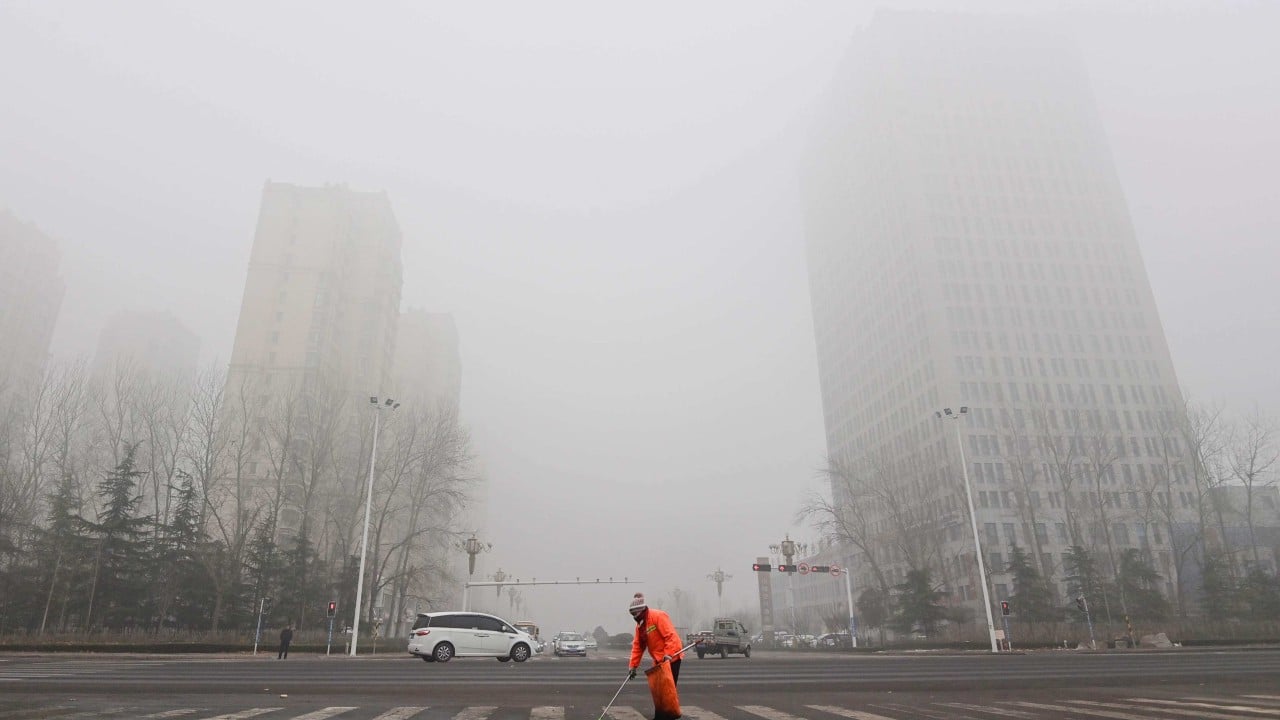Parties to the Montreal Protocol – long considered the world’s most successful environmental treaty – are convening in Bangkok for their annual meeting this week. While there is a range of significant issues on the agenda, parties must prioritise acting decisively to mitigate emissions of one of the most potent greenhouse gases known to man, HFC-23.
Advertisement
A new Environmental Investigation Agency (EIA) report shows how despite the success of the Montreal Protocol in phasing out ozone-depleting substances, unaccounted rogue emissions of hydrofluorocarbon-23 (HFC-23) threaten its climate legacy.
HFC-23, which is 14,700 times more climate-damaging than carbon dioxide (CO2), is a by-product of the manufacturing process for HCFC-22, a controlled substance under the Montreal Protocol. While the emissive use of HCFC-22 is being phased out due to its role in depleting the ozone layer, its use in the production of other chemical substances like Teflon is permitted.
The production of these materials has become a quiet, yet massive, contributor to global greenhouse gas emissions. And while the Kigali Amendment to the protocol requires the destruction or otherwise elimination of all HFC-23 emissions, “to the extent practicable”, global studies show a mismatch between observed and reported HFC-23 emissions.
Emissions of this climate super pollutant hit a staggering 17,300 tonnes in 2019, equivalent to more than 250 million tonnes of CO2, threatening to undo decades of climate progress. Cumulative HFC-23 emissions since the adoption of the Kigali Amendment in 2016 are almost 106,000 tonnes, equivalent to 1.56 billion tonnes of CO2.
Advertisement
And yet, these rogue emissions slip under the radar due to lax oversight of the fluorochemical industry. A strong response from the parties to the Montreal Protocol is urgently needed.

